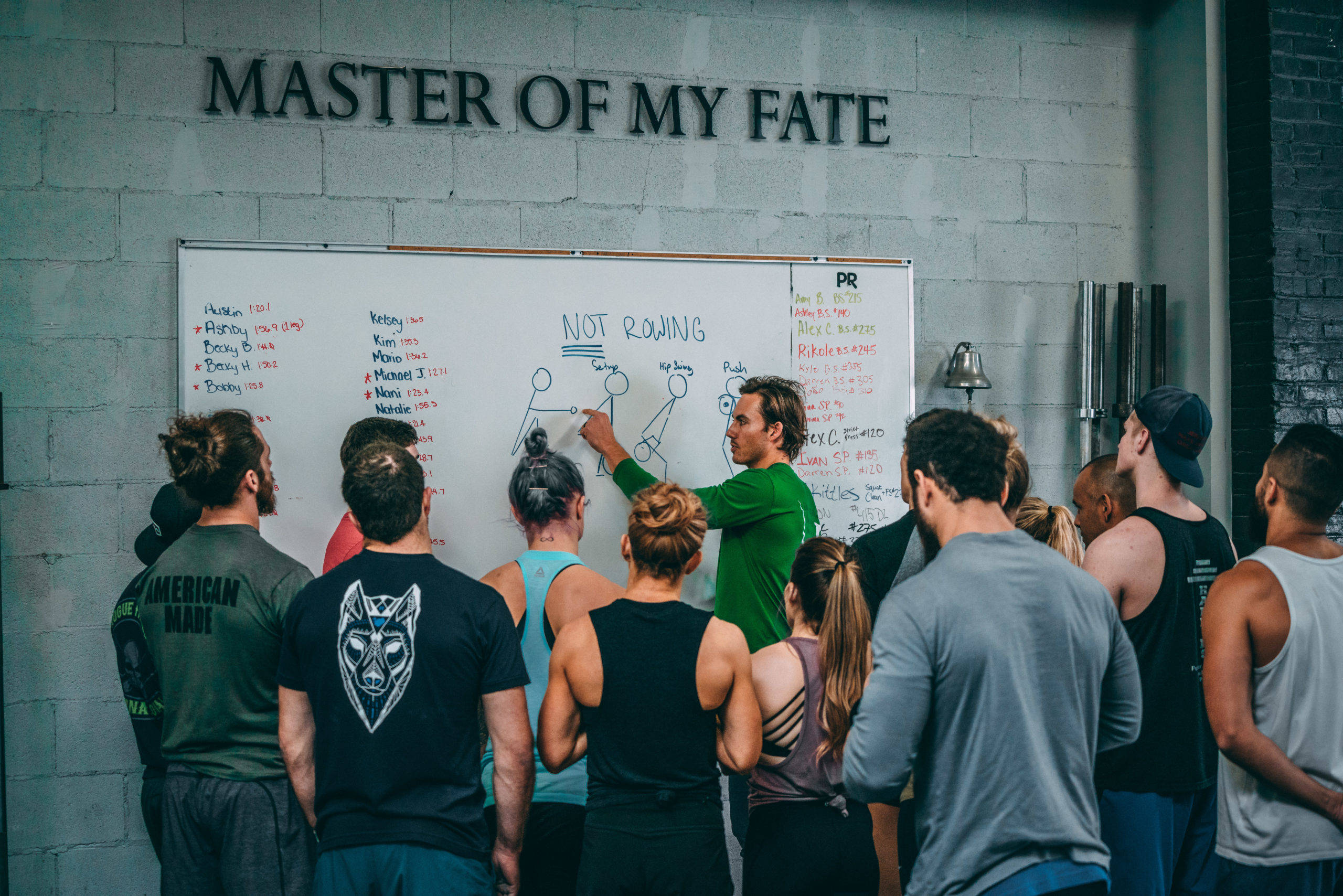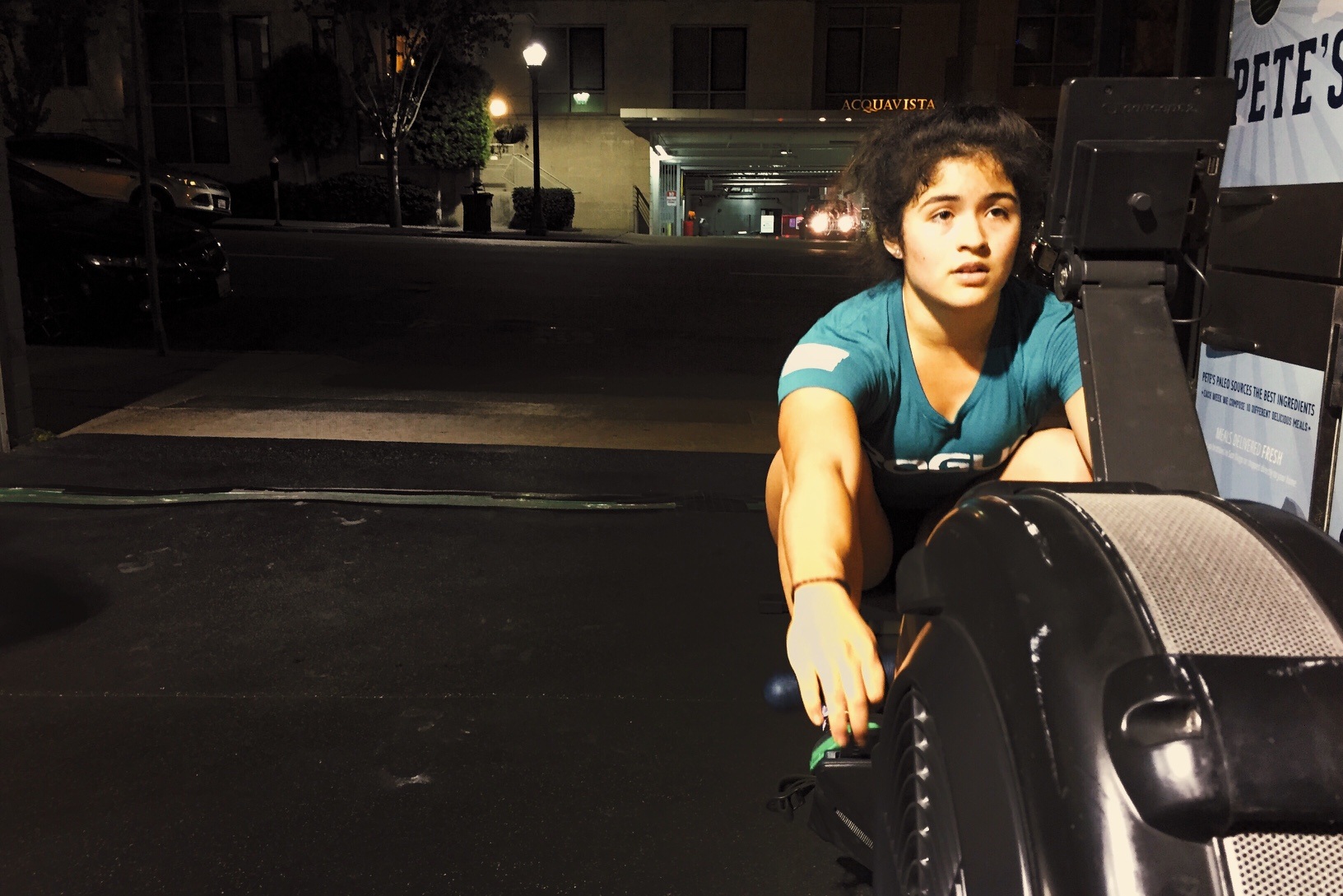
What Stroke Rate is and How to Use it to Become a Better Rower
Athletes calculate and analyze performance to track progress and physical development. Tracking progress seems to be even more important to the CrossFit athlete. The data helps determine improvement or lack thereof. However, as a rowing coach I see many athletes of all levels not paying much attention to the monitor of the Concept2 rowing machine. And although this machine is now a staple of the CrossFit community, a majority of athletes literally pull and pray with eyes closed. In such a data hungry time, I’m always surprised to see this. In this article, we’re going to talk about the benefit of training all modalities of rowing by using different speeds to make you better.
Now for a quick lesson about that screen, most of you are looking at through closed eyes. The screen is called the “performance Monitor” or (PM). The PM displays intensity in pace, calories, and watts. The pace is shown as time per 500 meters. We refer to this as our split time. This number will decrease the faster you go. A pace of 2:00 means that is takes you two minutes to complete 500 meters. The opposite is true when looking at watts or calories. The numbers will increase. You will produce more watts or burn more calories as you increase your intensity.
So What is Stroke Rate?
Stroke rate is the number of strokes you take per minute. It can also be called spm or strokes per minute. The concept2 rowing machine has this displayed on the top right or bottom left corner of the screen depending on which display option you have selected.
Knowing your stroke rate is just as important as knowing your split time or pace. For most workouts, we will generally stay between 24-30 strokes per minute. But, there are times when we will be lower or higher. For instance, when we do a 2000 meter time trial. We might start somewhere over 40 strokes per minute and then settle into our racing pace somewhere around 34 strokes per minute.
How to Control Your Stroke Rate
There is a misconception we would like to clear up. Rowing harder does not necessarily mean more strokes per minute. As you increase your speed you are applying more power to your drive yet still relaxing in the recovery. When we see someone rowing with high strokes per minute without proper position in the catch and power in the drive, it’s like watching an air dancer or windsocks outside a car dealership.
The key to increasing your stroke rate while maintaining intensity is to apply good power at the beginning of the stroke. Bracing your mid-line and engaging your legs, as well as keeping your recovery under control. Don’t rush your recovery. It’s called the recovery for a reason. Your recovery should take twice as long as your drive.
Ways to Train Stroke Rate
The Dark Horse rowing program incorporates many ways to start rowing “harder” with tips and drills as well as beautifully written workouts.
For example:
Power 20’s: strokes at a higher intensity, spread out during longer rows.
Sprint Starts: 15 hard fast strokes increasing your slide.
Stroke rate work: where a lower stroke rate will be required while maintaining a goal pace.
The 10 minute build: We start at 16 strokes per minute and end at 30. This is a great drill to make us aware of strokes per minute.
Let’s pay more attention to that monitor. It’s called the performance monitor because it’s going to help you track your performance so you can get better. It’s going help you feel more connected to the machine, ultimately making you a better rower and better athlete.



2 Comments
Hi I’ve been following Dark Horse for awhile. I row on water rowers mostly sometimes on C2. For me The C2 is much faster, and I’ve heard discussion from experts that this is the case. I don’t understand why? my home MBHFitness water rower seems very slow even after taking some water out of the tank. Thanks in advance for any all all advice.
Hi Nick,
If you will compare their split times, normally the water rower will give you faster times. Though there is no exact measurable difference. C2 has an advanced PM5 monitor that is far more accurate which is why it’s being used by athletes for training and for world competition events.